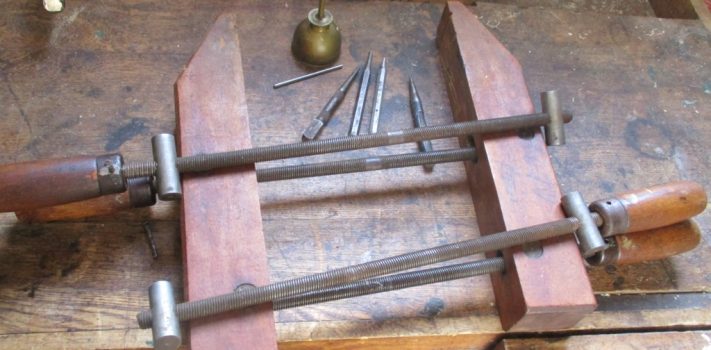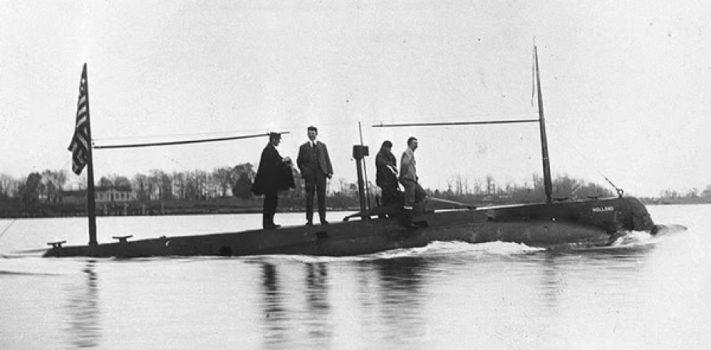(Continued from Part 1. This concludes the article.)
A factor that makes it difficult for the average homeowner to do their own repair jobs is that some manufacturers design their products to be serviced solely by them and not by you. Something to look for in a product before you buy it would be to find out how easy it is to repair. Product reviews are a way of doing that. A very helpful piece of information when viewing a product’s reviews is to look for a notice on the frequency of returns; this can be a more accurate indicator of the value of the item than the customer reviews are. Before I accept a rating of a product by a magazine that does such research into consumer products I check the criteria by which they rate it. Sometimes their criteria reflect a political perspective which can skew their rating.
How about asking an online forum on how to do a repair job? Occasionally I’ve gotten some very good help there, but those forums seem to attract more wannabee comedians than experts. There are endless online videos of stupid household and automotive repair jobs and repair hacks, all of which I consider to be in the category of entertainment and not to be taken seriously. Hacks are not reliable fixes, it is a “kick the can down the road” approach that is a delay that might end up costing more later.
Back when cars had carburetors and sticky bowl floats I used to ride to work with a guy who always had a ball-peen hammer under the front seat so that when the float stuck he’d jump out of the car, usually when we were at a stoplight, to tap the bowl to unstick the float. That was not an ideal “getaway” car!Continue reading“The Repair Teardown – Part 2, by R.T.”













